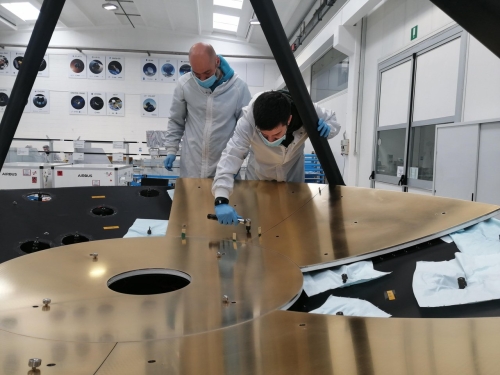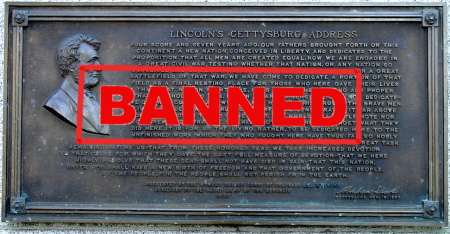New research confirms long term bone loss during long missions in weightlessness
According to new research done on ISS, scientists have confirmed what Soviet-era scientists had learned back in the 20th century, that long term bone loss during long missions in weightlessness can take many months to recover once back on Earth.
The bone density lost by astronauts was equivalent to how much they would shed in several decades if they were back on Earth, said study co-author Dr Steven Boyd, of Canada’s University of Calgary and director of the McCaig Institute for Bone and Joint Health.
The researchers found that the shinbone density of nine of the astronauts had not fully recovered after a year on Earth – and they were still lacking about a decade’s worth of bone mass. The astronauts who went on the longest missions, which ranged from four to seven months on the ISS, were the slowest to recover. “The longer you spend in space, the more bone you lose,” Boyd said.
The study also confirmed that some exercises in space helped to mitigate the bone loss, which ranged from 1% to 2% per month. No exercises prevented it however.
For missions to Mars, the bone loss appears less of an issue than the loss of muscle strength. Even with extensive bone loss after six months to a year in space astronauts do not notice this loss when returning to Earth gravity. They will certainly not notice it on Mars, with a gravity field 39% that of Earth’s.
More concerning is the loss of muscle strength during long missions in weightlessness. After six months to a year in weightlessness astronauts struggle on Earth to walk after first landing. This is why they are helped immediately placed to chairs upon return. On Mars no such help will be available.
According to new research done on ISS, scientists have confirmed what Soviet-era scientists had learned back in the 20th century, that long term bone loss during long missions in weightlessness can take many months to recover once back on Earth.
The bone density lost by astronauts was equivalent to how much they would shed in several decades if they were back on Earth, said study co-author Dr Steven Boyd, of Canada’s University of Calgary and director of the McCaig Institute for Bone and Joint Health.
The researchers found that the shinbone density of nine of the astronauts had not fully recovered after a year on Earth – and they were still lacking about a decade’s worth of bone mass. The astronauts who went on the longest missions, which ranged from four to seven months on the ISS, were the slowest to recover. “The longer you spend in space, the more bone you lose,” Boyd said.
The study also confirmed that some exercises in space helped to mitigate the bone loss, which ranged from 1% to 2% per month. No exercises prevented it however.
For missions to Mars, the bone loss appears less of an issue than the loss of muscle strength. Even with extensive bone loss after six months to a year in space astronauts do not notice this loss when returning to Earth gravity. They will certainly not notice it on Mars, with a gravity field 39% that of Earth’s.
More concerning is the loss of muscle strength during long missions in weightlessness. After six months to a year in weightlessness astronauts struggle on Earth to walk after first landing. This is why they are helped immediately placed to chairs upon return. On Mars no such help will be available.











